We are living in a grayer world, literally
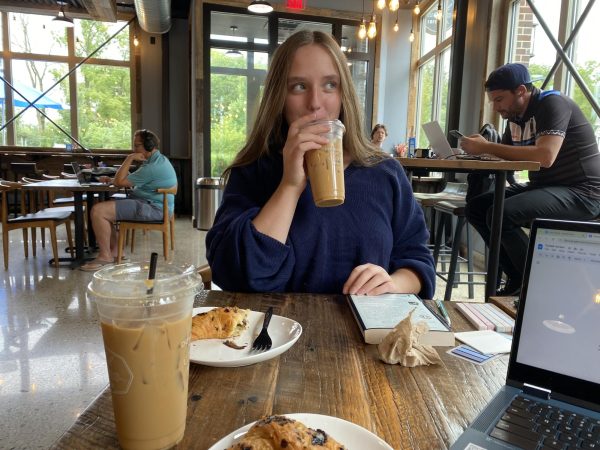
More stories from Evelyn Alt
October 1, 2024
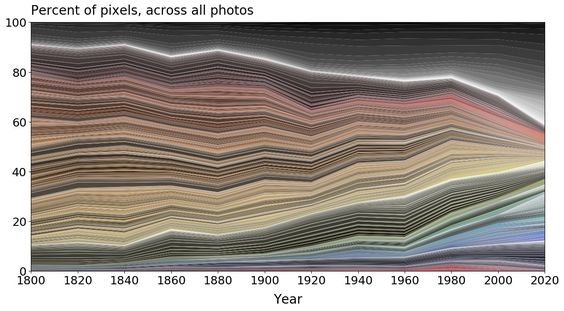
The extreme results of the study done on colors of objects from the year 1800 until now.
For most of my childhood, whenever I thought about “the olden days” or pretty much any time preceding 1970, the color scheme in my head was entirely black, white, and gray. Black and white movies, old photographs, and my general lack of common sense were the main contributors to my ridiculous idea that the world had no color until Dorothy Gale stepped into Munchkinland.
In fact, the complete opposite of my absurd childhood belief is true. To me, the history of the world was black and white when, in reality, the future of it is.
Recent AI research proves the unsettling truth that colors are fading from the world. The algorithm in the study tracked the colors of thousands of random items from the 1800s to now.
Two centuries ago, the blandest colors, such as black, white, and grey, only contributed to fifteen percent of the world’s overall coloring. These results are drastically different than today. Colorless colors dominate our world. Sixty percent of all objects, materials, and common items produced now are black, white, or gray.
An easy example of this is cars. In the year 2020, white cars made up a total of 25.8% of all cars on the road in America, with black at 22.3% and gray at 18.4%. Even the fourth most popular car color was grey at 12.1%.
In 2020, grayscale cars (black, white, gray, and silver) made up 78.5% of all colors seen on U.S. roads in total. As for interior design, the most popular carpet color is gray, and the most popular paints are named things like “mist” “linen” and “fog”.
At surface level, this loss of color from the world doesn’t seem like it would be that much of an issue. However, the effects may be direr than we think.
Color has more of an influence on our lives than most people realize. It can affect your body, mind, and even your overall mood. Color incites emotion, and while the way color is perceived is often subjective, certain colors evoke similar emotions worldwide.
For example, warmer-toned colors, such as red, orange, and yellow, can bring up a couple of different emotions in people. They often elicit feelings ranging from anger and hostility to feelings of warmth and comfort.
Like the warmer tones, grayscale colors also can have multiple meanings and effects. However, theirs may hold a slightly more drastic difference.
Take black for example. Black holds a meaning of power, elegance, and mystery, but more commonly, it evokes emotions such as sadness and anger.
Gray also has very little positivity to it. Due to its place between black and white, gray has a meaning of neutrality and balance, but the negative connotations of the color are too extreme to ignore. Because of its lack of color and blandness, gray evokes emotions of depression, loss, and absence.
Once unique brand names and logos have now regressed into boring gray, black, and basic fonts. More “modernized” exteriors of buildings are plain and dull instead of bright and vibrant. In our world today, everything gets standardized because that’s what algorithms tell producers that consumers like on as a whole.
Our individual preferences are becoming more and more generalized, and the world is at a loss because of it. “Beauty is in the eye of the beholder” is a phrase that fewer and fewer people recognize because large-scale companies are trying to appeal to sets of data telling what people want instead of the actual people.
The colors we surround ourselves with daily play a role in so much of our lives. What we wear, what color cars we drive, and even what items we buy at a store are affecting so much of our lives from our minds to our moods, and it’s a shame how much life and vibrance of color have been lost through the years.
Between COVID-19, constant political issues, and advancing technology, our world is feeling more and more dystopian by the day. The last thing we need is to go out into the world and be surrounded by only the lack of color instead of the presence of it.

Evelyn is a junior entering her third year on the staff of The Central Trend. She is excited about all the opportunities her junior year has in store,...










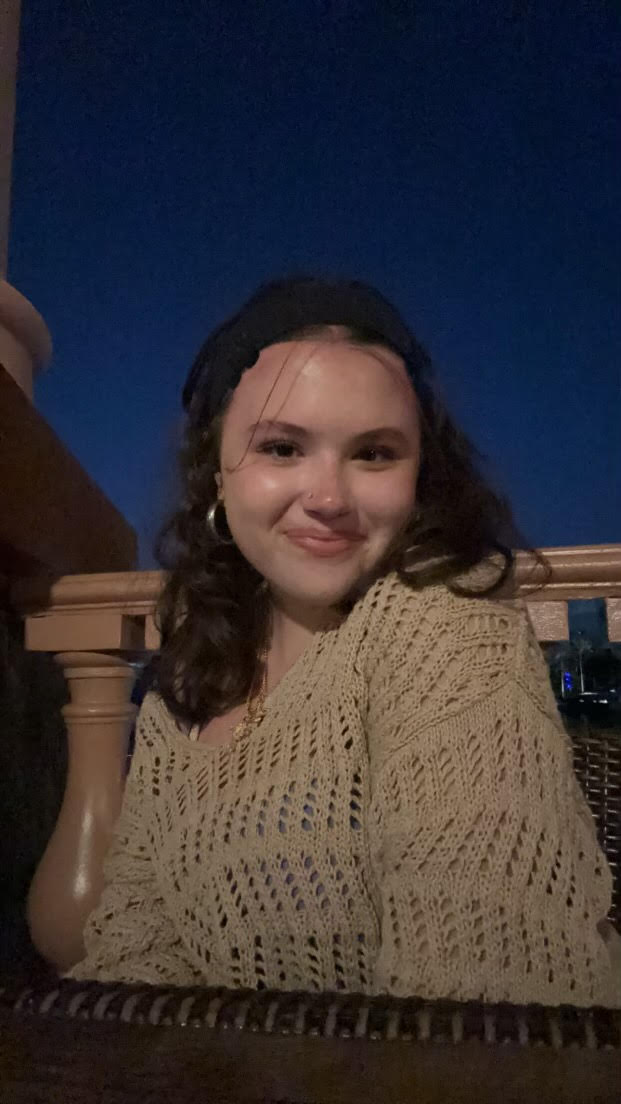




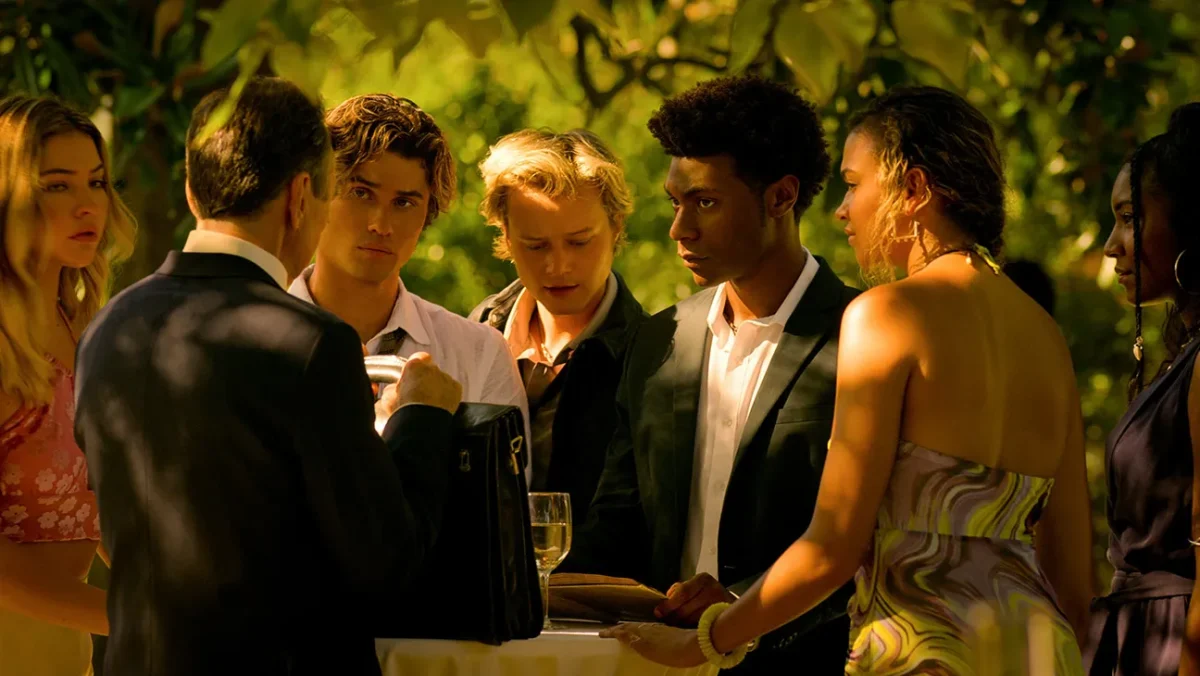
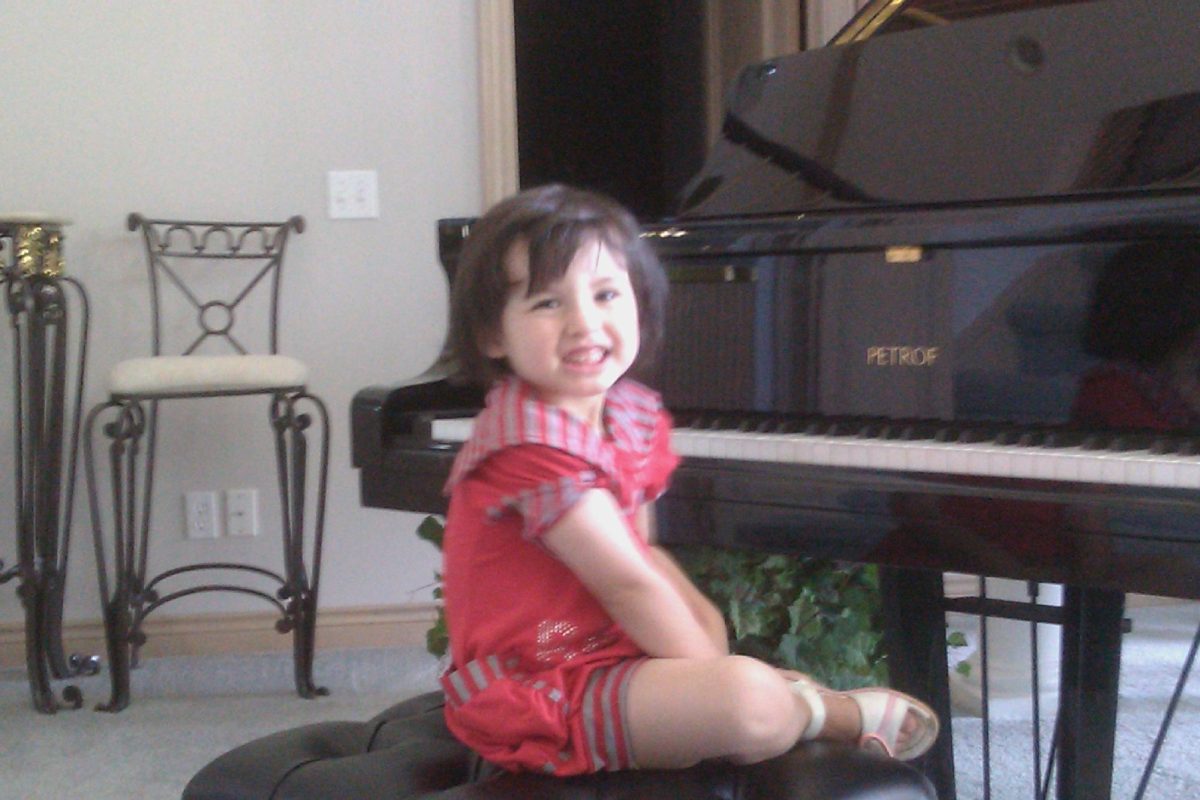



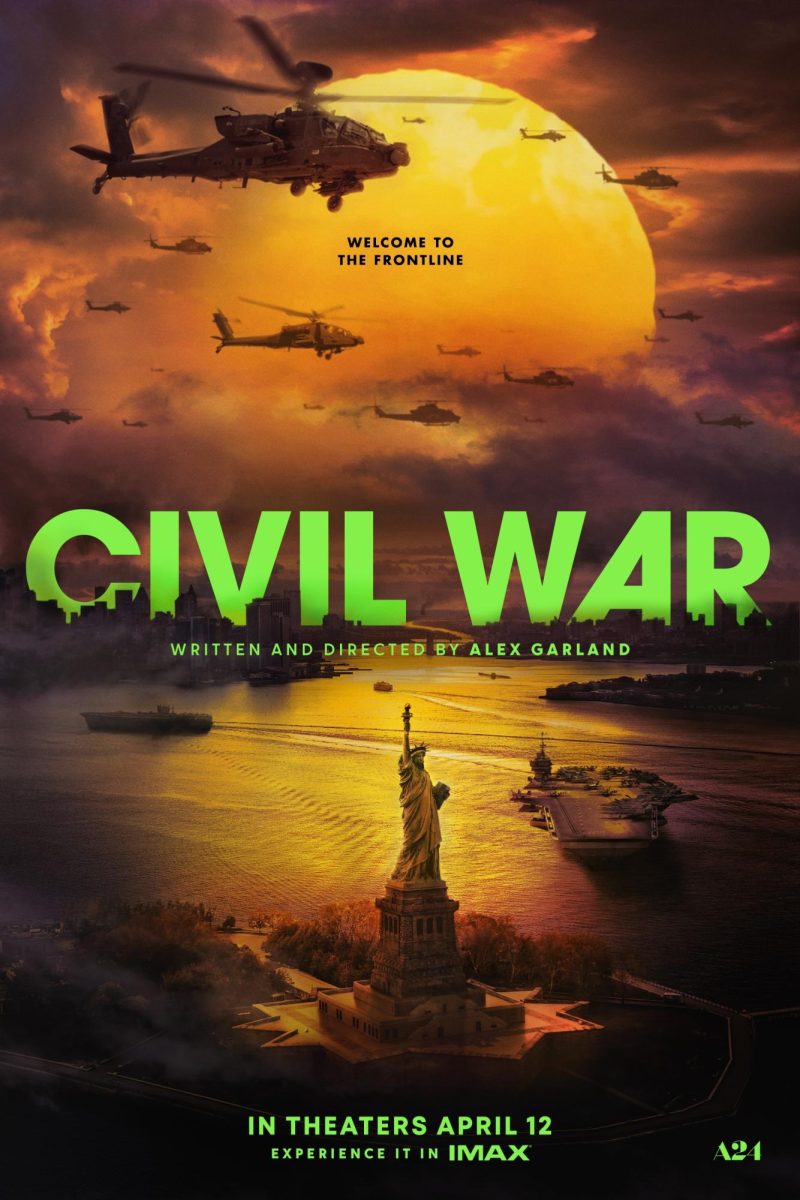
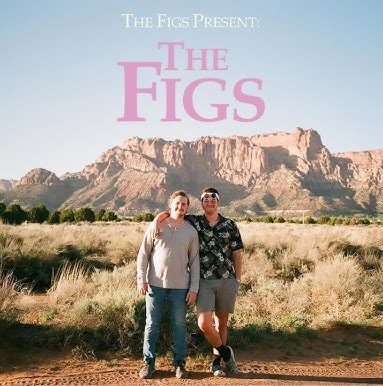
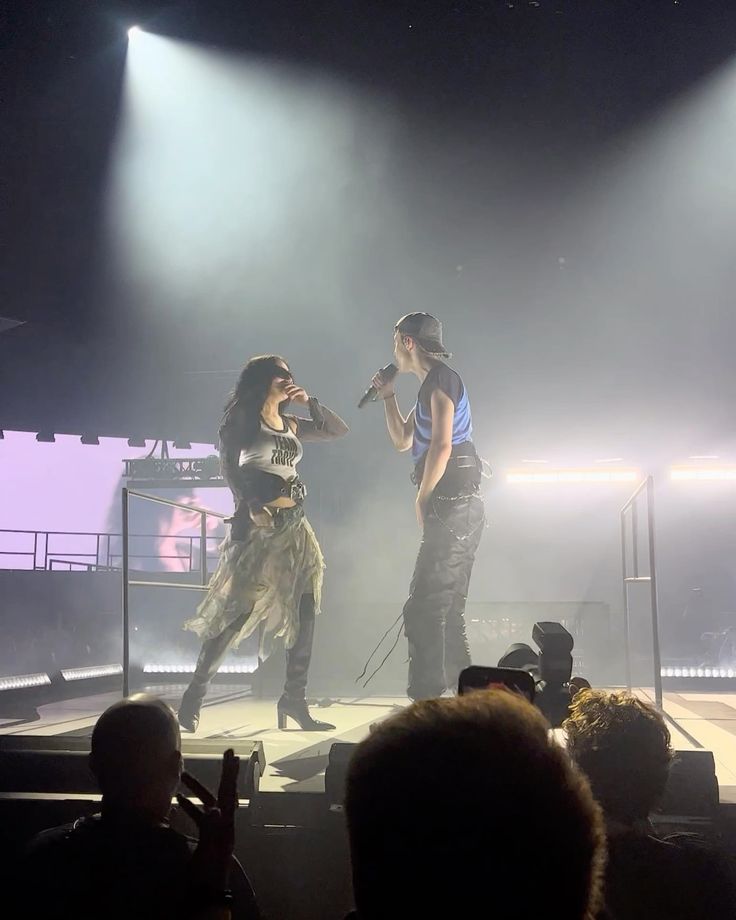






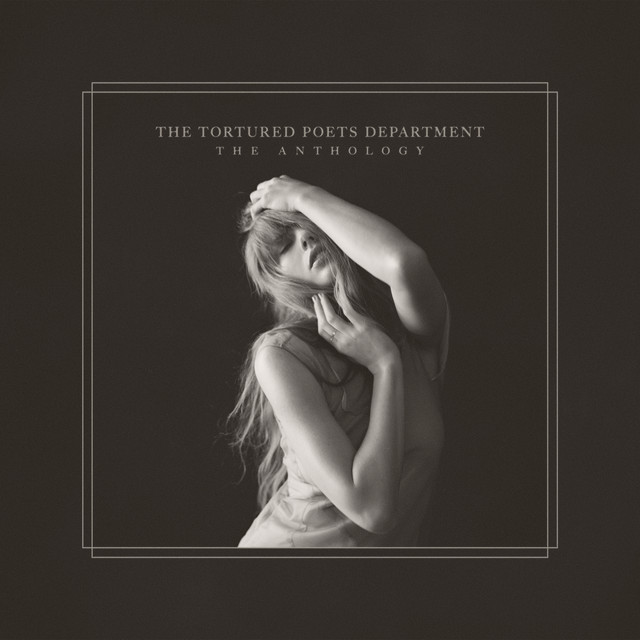



























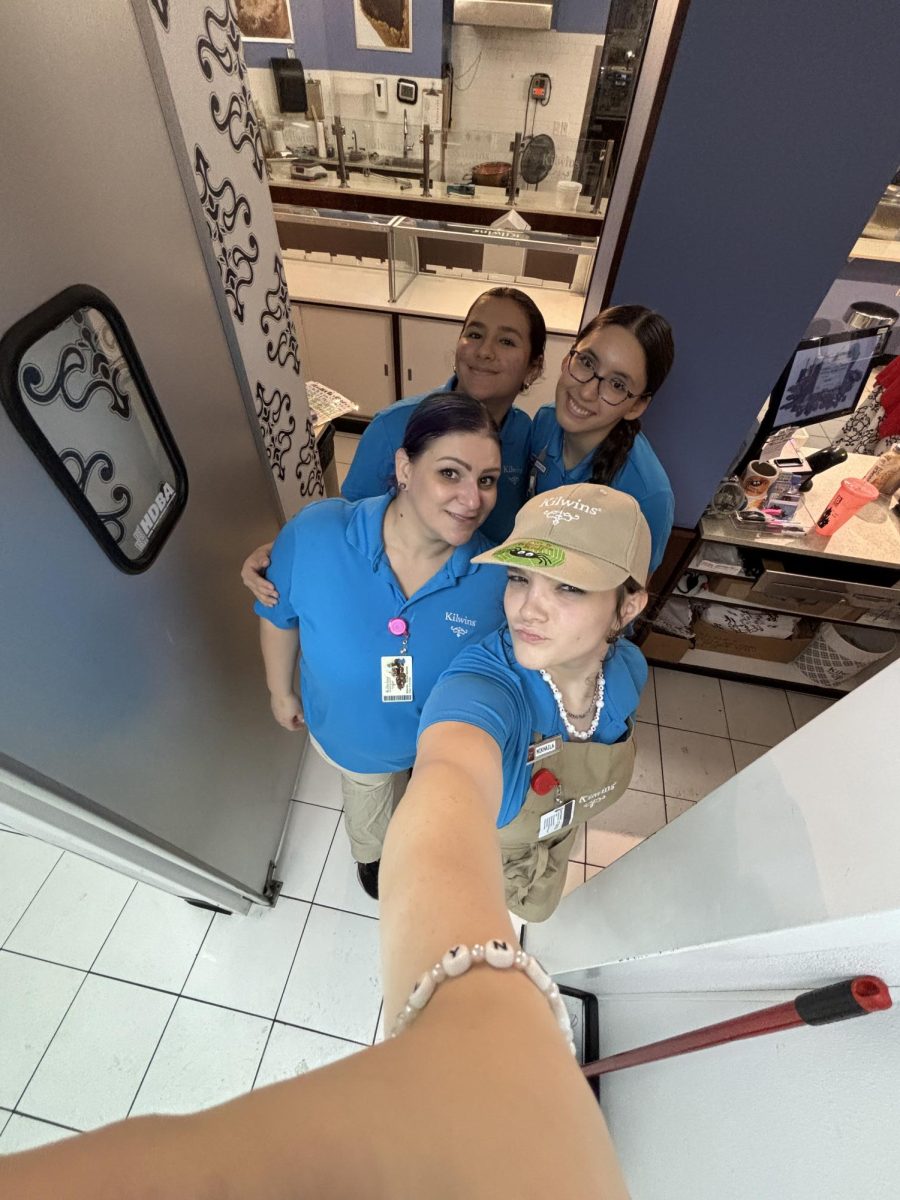


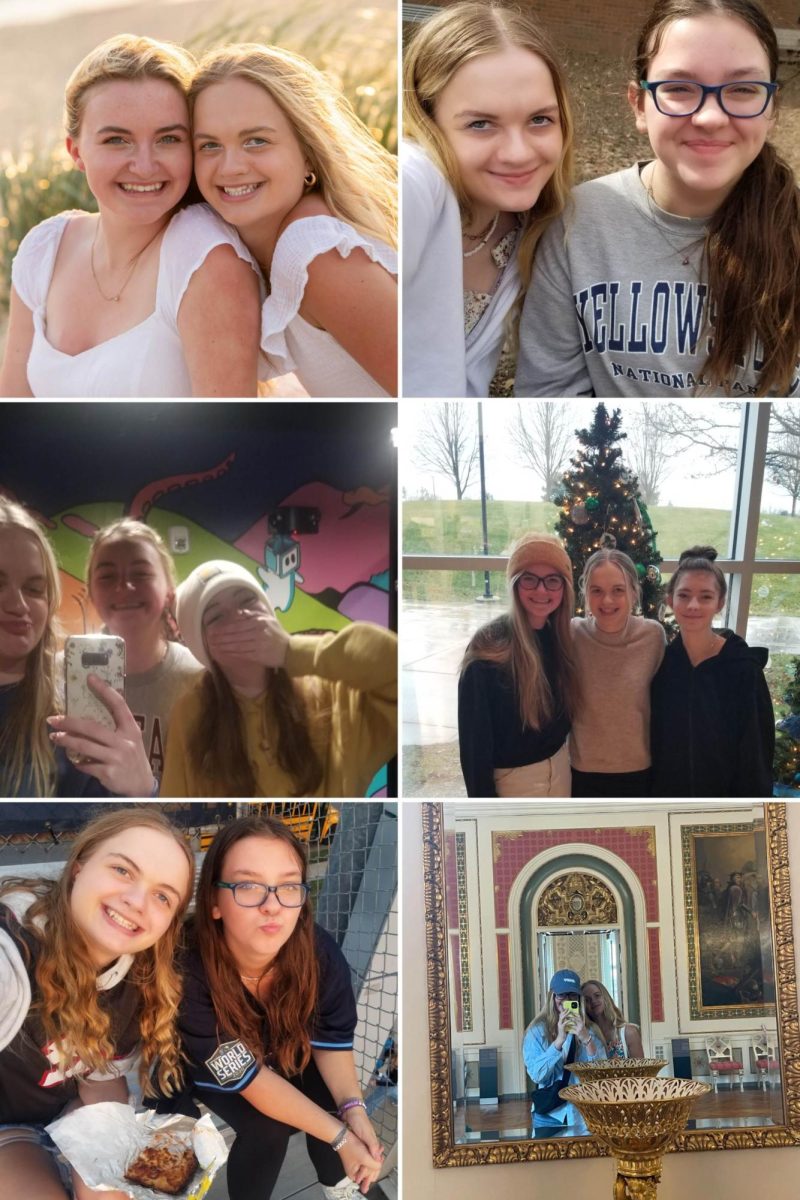
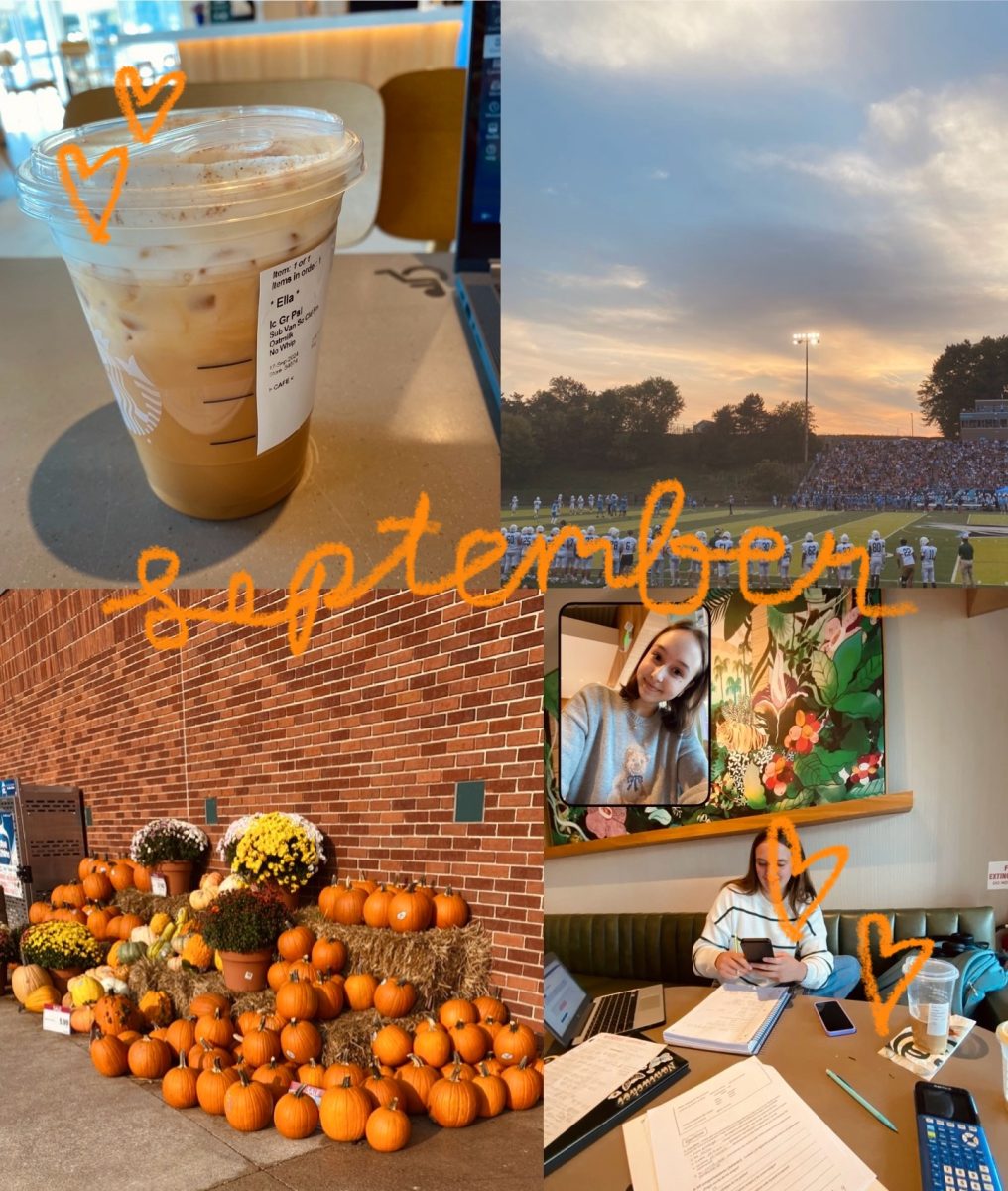













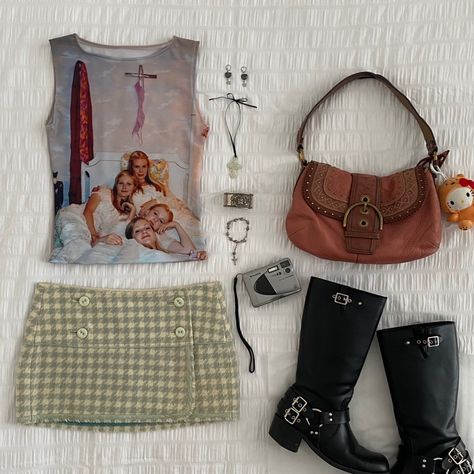
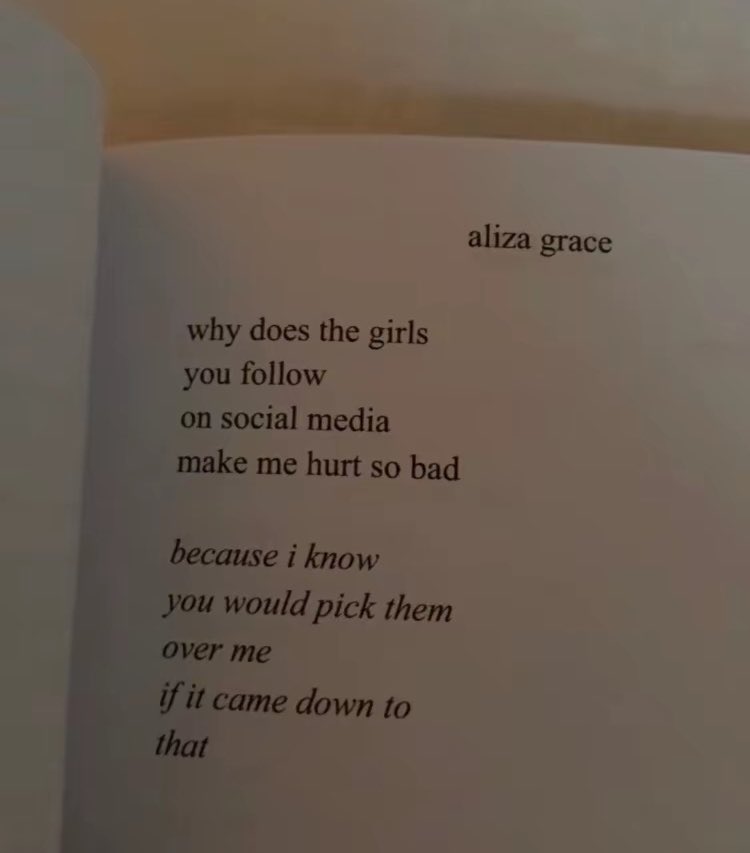



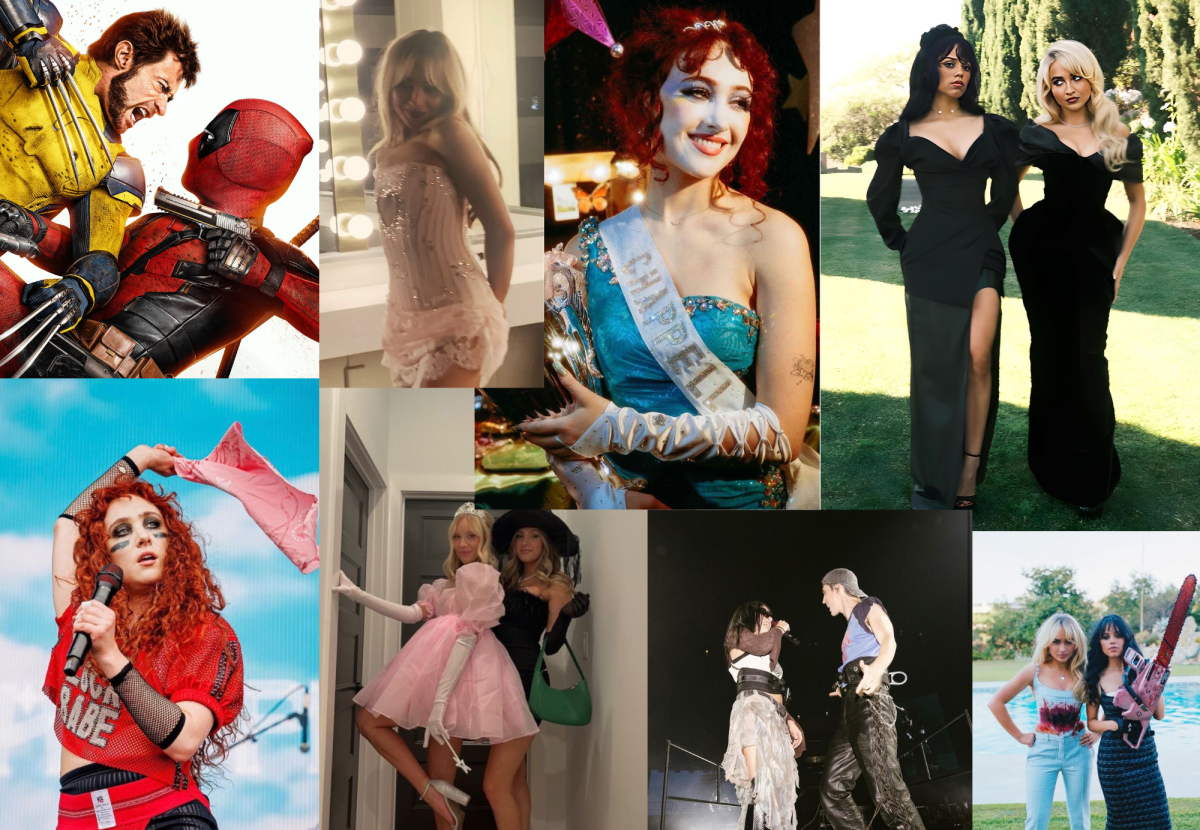
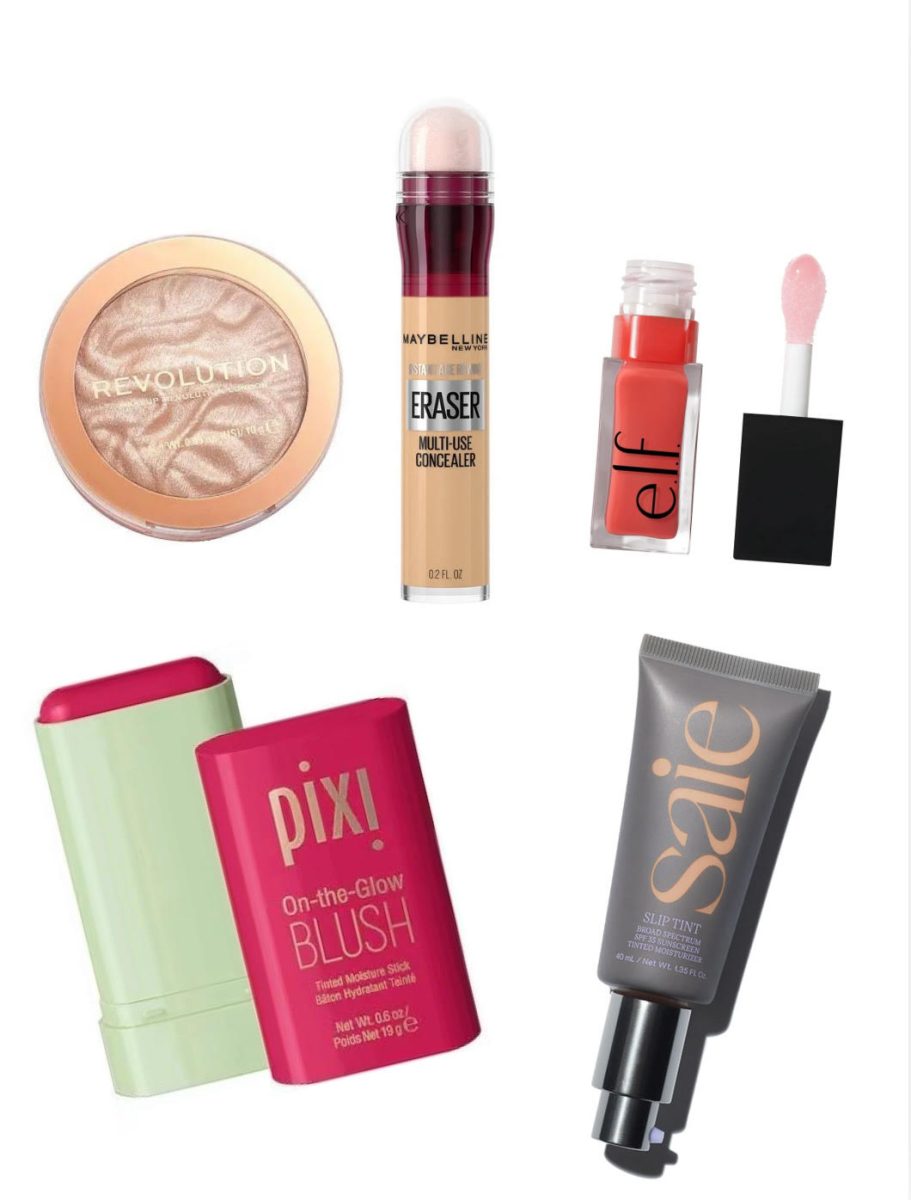
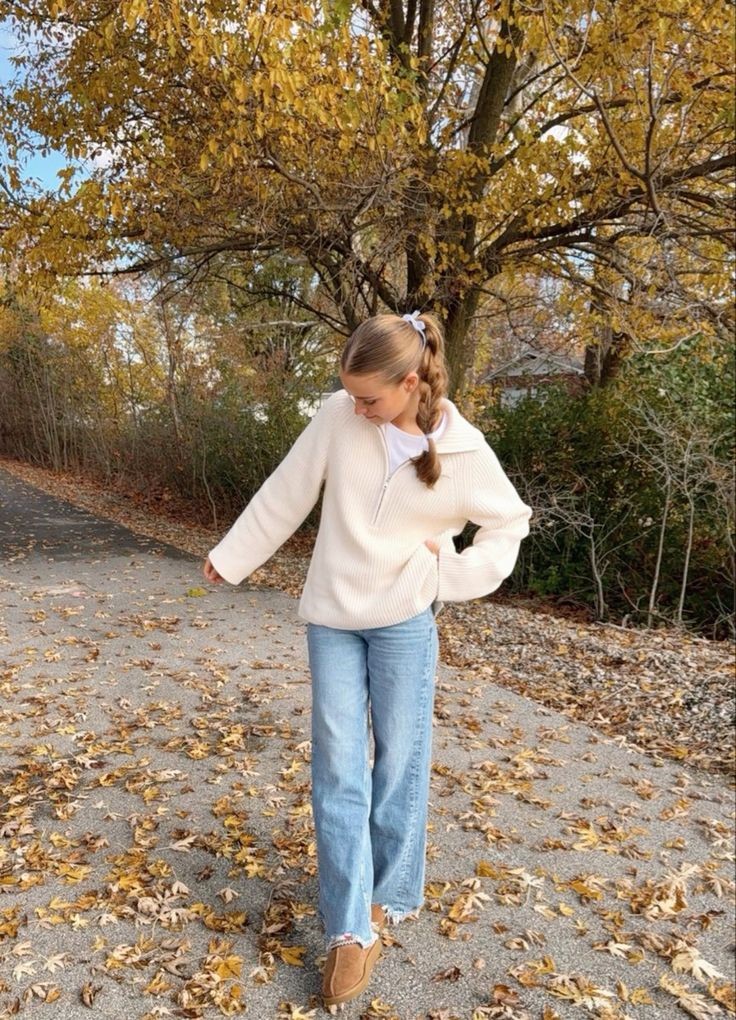

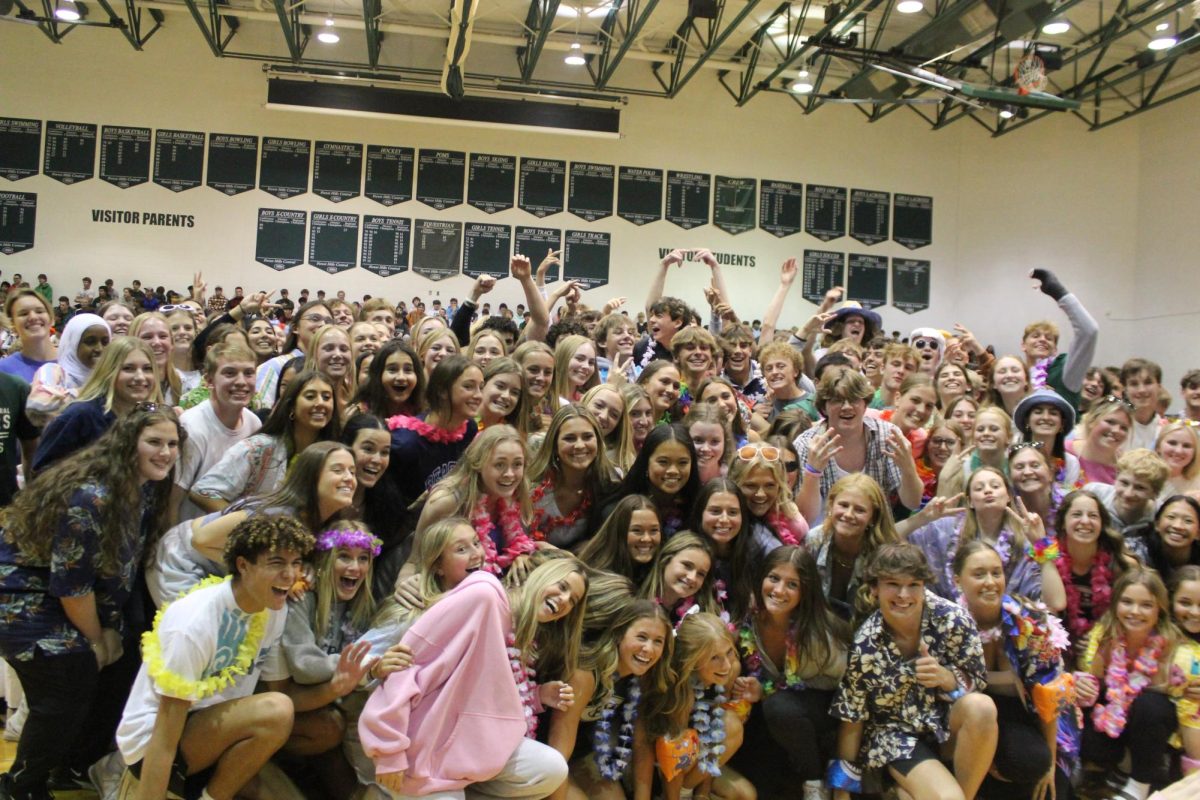

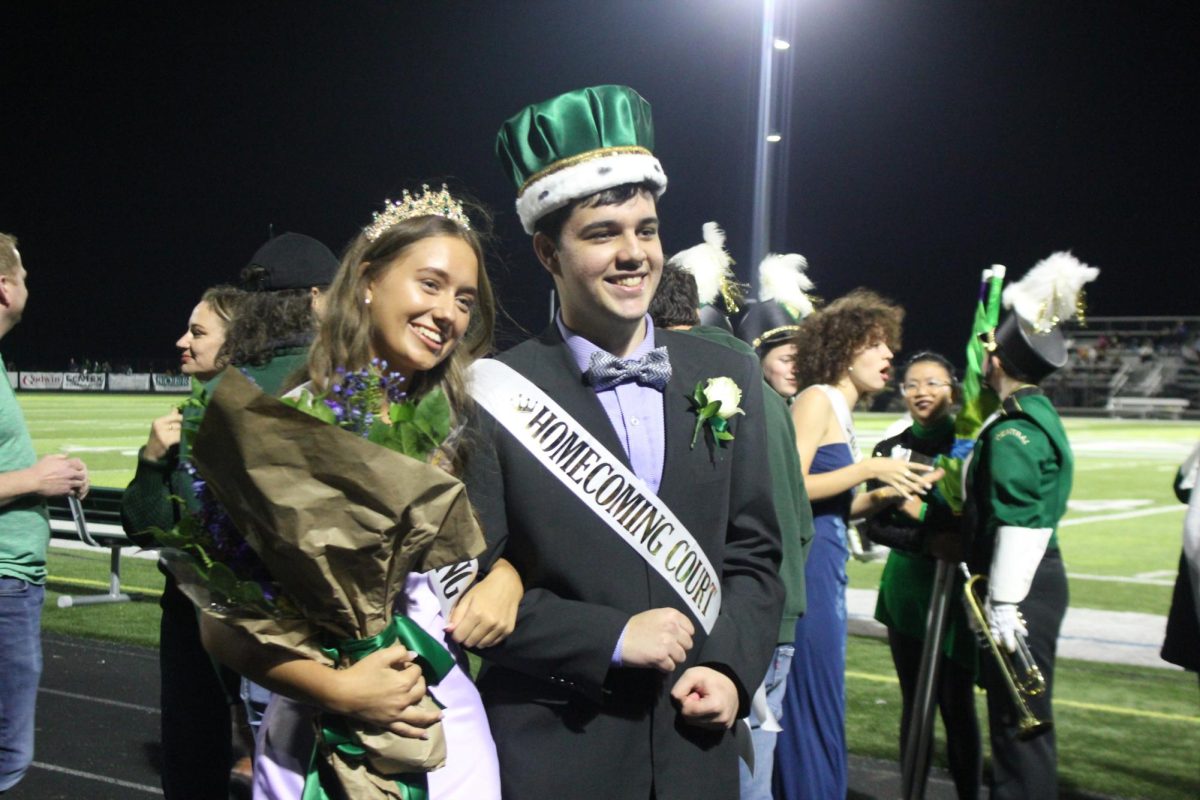


Daniel Gascon • Apr 17, 2023 at 8:28 pm
Wow! I never thought we are going black and white like the old TVs predicted. This story makes me think about how society previewed color, something I did not think too much about before reading this.